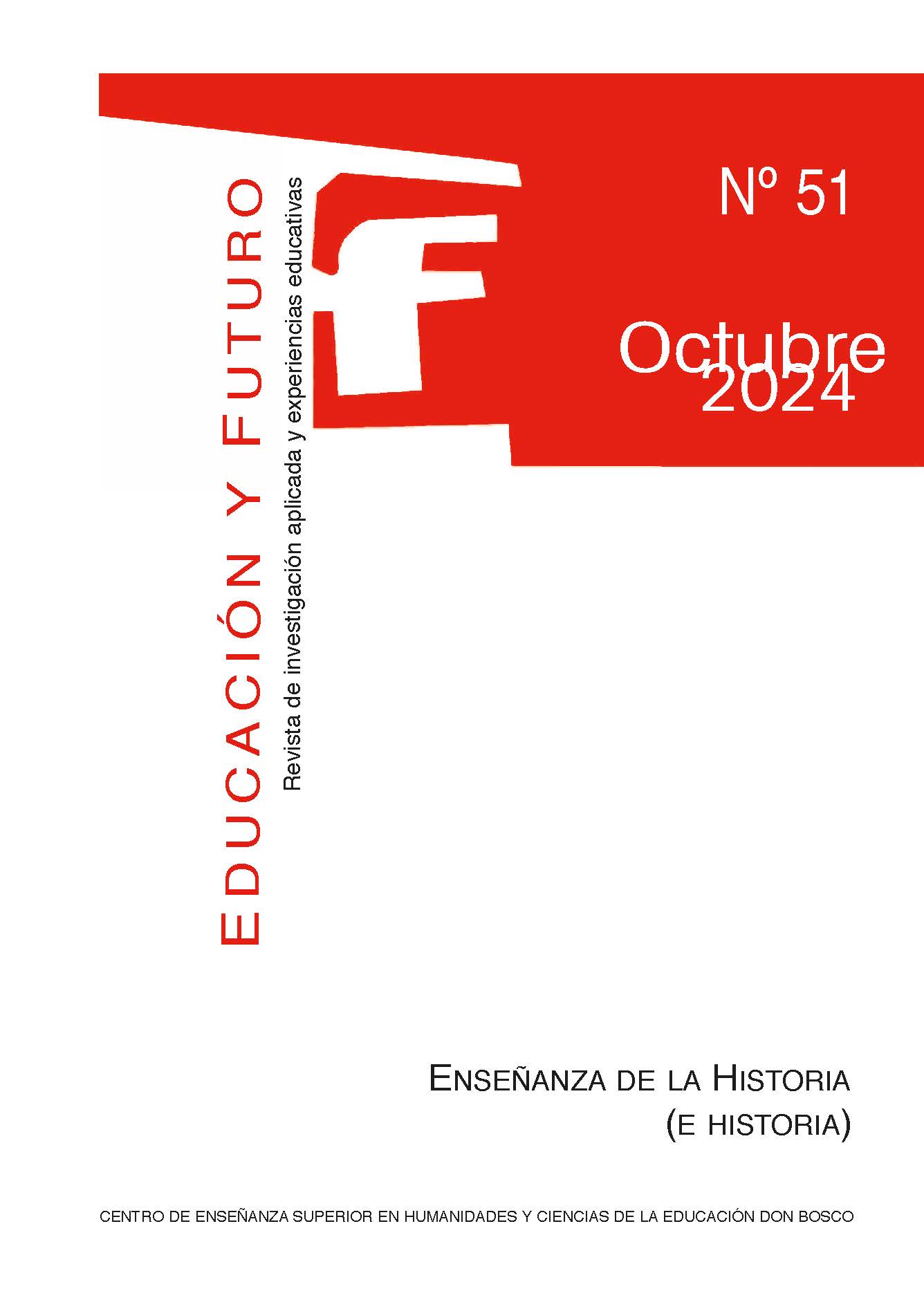Death in Iranian Primary and Secondary Education
Abstract
Although death is approached differently in different cultures, all cultures regard it as a natural and social phenomenon. However, its interpretation and associated beliefs vary from culture to culture and greatly condition it. The aim of this study is to investigate how death is conceptualised in primary and secondary education in the Iranian education system. The study adopted a three-pronged approach through interviews with twenty experienced teachers, linguistic analysis of references to death in the Qur'an and examination of compulsory theology textbooks for religious studies at primary and secondary levels. The results revealed a tendency to use different linguistic resources and constructs to conceptualise death, emphasising the role of culture. The importance of hegemonic belief systems and personal experience in educational processes is highlighted, including approaches to death in education and, in general, in the treatment of death, whether as a physical phenomenon or through religion.
Downloads
Downloads
Published
How to Cite
Issue
Section
License
Educación y Futuro: Revista de Investigación Aplicada y Experiencias Educativas © 1999 by Centro Universitario Don Bosco is licensed under CC BY-NC-SA 4.0







